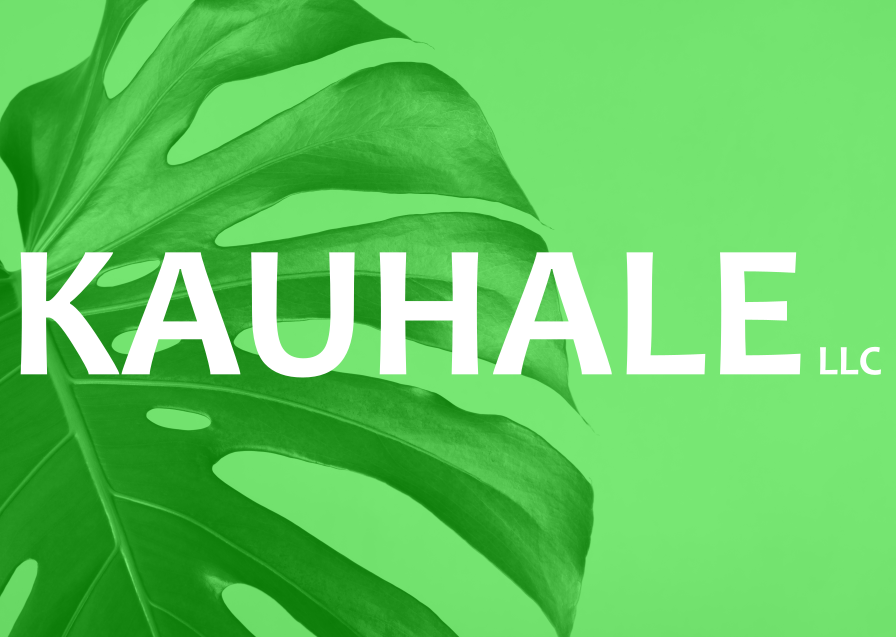Durable and easy to maintain, this practical, affordable floor covering is continually improving in looks and performance. We love the historic appeal of floors covered with wood, stone, or ceramic. But let’s face it: These materials can be high in cost, low in comfort, and often require more care than we have time or energy for. That’s why the smart money is often on vinyl. This durable flooring shrugs off street grit, pointy heels, and sloppy spills while providing a slip-resistant and often cushiony footing that doesn’t cost an arm and a leg. No wonder you find vinyl in almost every American home—usually in kitchens, baths, and entryways.
This category of resilient flooring encompasses an array of products, including sheets, tiles, and planks made of flexible PVC; rigid tiles that combine vinyl and ground limestone; and soft, ruglike sheets that are woven from vinyl-coated fiberglass strands.
Popularized in the mid 20th century, vinyl flooring is still evolving. It’s more durable—many companies offer lifetime warranties—and can be installed faster than earlier versions. Patterns and textures convincingly mimic their old-school competitors or boldly go in a more modern direction. And in response to health concerns, some flooring is now certified to meet strict standards for indoor air quality. When a flooring is this versatile and has so many looks, who needs a historic pedigree?
Anatomy of a Vinyl Sheet
1. Top Coat
Adds sheen as it protects the wear layer.
2. Wear Layer
Safeguards the pattern layer.
3. Pattern Layer
Supplies the sheet’s color and its looks.
4. Cushion Layer
Adds bounce and texture.
5. Fiberglass
Keeps the sheet flat.
6. Base Layer
Supports all layers.
How much does it cost?
Vinyl sheets range from 75 cents to $4 per square foot. Tiles typically cost $1 to $8 per square foot. Planks run about $5 per square foot. In each case, installation is extra.
How long will it last?
Warranties on vinyl flooring run from five years to as long as you own the house.
How much care does it need?
Vacuum regularly and mop with soapy water to remove grime and keep colors bright. Do not use abrasives, bleach, or ammonia. Wipe up spills to prevent stains.
Where to buy it?
Home centers and flooring retailers sell a variety of tiles, sheets, and planks, and can recommend an installer if the type you choose isn’t DIY-friendly.
Vinyl Type: Sheet
Invented in 1958, this pro-installed flooring goes down fast and has few, if any, seams. Combines PVC for toughness; fiberglass for stability; foam gel for comfort, texture, and insulation; and urethane for durability. Because of its weight, it can simply be loose laid over a subfloor, or glued down for more permanence.
Vinyl Type: Tiles and Planks
These DIY-friendly products go through a manufacturing process similar to the one for vinyl sheets, but they come out harder and stiffer. Glue them down, or join them at the edges and let them “float” over the subfloor.
Vinyl Type: Composition Tile (VCT)
Made with a no-flex mix of vinyl and ground limestone, these tough 12-by-12-inch tiles are commonly used in schools and other institutions. It has to be glued down. Installation is unforgiving because there’s no grout and every tile has to be flush with its neighbors; get a pro to do it.
Vinyl Type: Woven
Strands of fiberglass are encapsulated in vinyl and woven into soft, textured sheets that can be glued down or loose laid. Naturally springy, it’s stain resistant and easy to clean, and it won’t deteriorate when left outdoors.
Durability: Good
Overall thickness: 0.080 inch
Wear-layer thickness: 10 mils
Warranty: 10 years
Other attributes: Urethane top coat has built-in stain protection.
Durability: Better
Overall thickness: 0.100 inch
Wear-layer thickness: 10 mils
Warranty: 15 years
Other attributes: Realistic texture mimics underlying stone, wood, or tile pattern.
Durability: Best
Overall thickness: 0.125 inch
Wear-layer thickness: 15 mils
Warranty: 25 years
Other attributes: Special urethane top coat offers enhanced protection against stains and microbes.
Is It Healthy?
A chief selling point of vinyl flooring is that it’s easy to clean, an obvious health benefit. In addition, some manufacturers top their products with antimicrobial coatings or embed wear layers with particles of silver, a potent germ killer.
The knock against vinyl has more to do with indoor air quality. This is due to the potentially lung-irritating and headache-inducing VOCs that are off-gassed by vinyl flooring and the glues traditionally used to hold it down. If you want to breathe easy, choose FloorScore-certified coverings and adhesives, which meet the building industry’s most stringent indoor-air-quality standards.
Original article
